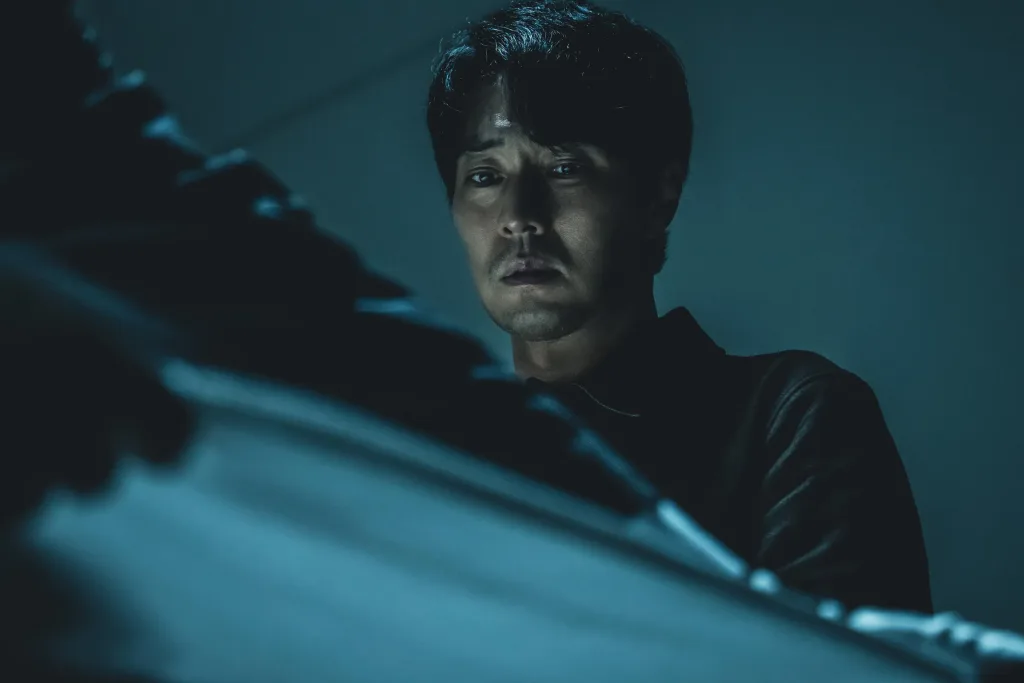Netflix’s latest documentary series “The Echoes of Survivors: Inside Korea’s Tragedies” has gripped audiences worldwide by examining some of South Korea’s darkest chapters. Among the four devastating incidents covered, the 1995 Sampoong Department Store collapse stands out as the nation’s largest peacetime disaster, claiming 502 lives and forever changing Korean society.
Table of Contents
The Sampoong Department Store Collapse: Korea’s Darkest Day
On June 29, 1995, the Sampoong Department Store in Seocho District, Seoul, South Korea collapsed due to a structural failure. The collapse killed 502 people and injured 937, making it the largest peacetime disaster in South Korean history. This tragedy became a turning point that exposed the dangerous consequences of rapid economic development without proper safety oversight.

Disaster Details and Timeline
| Detail | Information |
|---|---|
| Date | June 29, 1995 |
| Time | 5:57 PM |
| Location | Seocho District, Seoul |
| Death Toll | 502 people |
| Injured | 937 people |
| Collapse Duration | 20 seconds |
| Chairman | Lee Joon |
Who Was Lee Joon and His Role in the Tragedy
Lee Joon, chairman of Sampoong Group’s construction division, demanded changes during construction that ultimately led to the disaster. His profit-driven decisions and corner-cutting measures transformed what should have been a safe retail space into a death trap for hundreds of innocent shoppers and workers.
Lee Joon’s Critical Mistakes:
- Structural Modifications: The addition of a fifth floor to the structure and the dragging of air conditioners along the roof overloaded the structure
- Contractor Changes: Dismissed the original construction company when they refused dangerous modifications
- Safety Shortcuts: Ignored engineering warnings about structural integrity
- Cost-Cutting Measures: Prioritized profits over public safety
What Caused the Catastrophic Collapse?
The progressive collapse of this structure was due to a build up of prolonged weakening of the building leading up to July 29th, 1995. On that day, the structure reached its breaking point, causing the building to collapse at 5:57 PM. From the point of critical failure, it only took 20 seconds for the entire south wing of the structure to collapse.
Technical Factors Behind the Disaster:
- Punching Shear Failure: Critical structural weakness in the building’s foundation
- Overloading: Heavy air conditioning units exceeded weight capacity
- Design Flaws: Original plans were compromised for commercial purposes
- Warning Signs: Visible cracks and structural damage were ignored

Netflix’s “The Echoes of Survivors” Documentary Impact
This documentary series reveals the harrowing tales of those who survived Korea’s gloomiest chapters, shedding a light on long-hidden truths. On August 15, 2025, Netflix released The Echoes of Survivors: Inside Korea’s Tragedies, which documented some of the most serious controversies in South Korea, including the Sampoong collapse case.
Why This Documentary Matters:
- Survivor Testimonies: First-hand accounts from those who experienced the tragedy
- Hidden Truths: Exposing cover-ups and systemic failures
- Social Impact: Raising awareness about corporate responsibility
- Historical Record: Preserving these stories for future generations
Where Is Lee Joon Now?
Following the disaster, Lee Joon faced legal consequences for his role in the collapse. He was convicted of criminal negligence and received a prison sentence, though the exact details of his current whereabouts remain largely private. The case became a landmark in South Korean legal history, establishing precedents for corporate accountability in construction disasters.
Legal Aftermath:
- Criminal Charges: Convicted of negligent homicide and safety violations
- Civil Lawsuits: Faced massive compensation claims from victims’ families
- Industry Changes: The case led to stricter building codes and oversight
- Corporate Accountability: Set new standards for executive responsibility
For more in-depth coverage of Korean documentaries and cultural content, explore our comprehensive K-pop and Korean entertainment section at TechnoSports.
The Lasting Impact on South Korean Society
South Korea’s construction boom in the 1980s and 1990s often meant that corners were cut, rules bent, and the Sampoong collapse became a stark reminder of these dangerous practices. Many people whose family members died in the 1995 collapse of Sampoong Department Store are still suffering from mental wounds today, highlighting the long-term trauma this disaster inflicted on Korean society.
Societal Changes Following the Disaster:
- Building Regulations: Comprehensive reform of construction safety standards
- Government Oversight: Enhanced inspection and enforcement mechanisms
- Corporate Culture: Shift toward prioritizing safety over rapid profits
- Public Awareness: Increased vigilance about building safety and corporate responsibility
Other Tragedies Featured in the Documentary
“The Echoes of Survivors: Inside Korea’s Tragedies” features firsthand accounts from survivors of some of South Korea’s most devastating events, including religious cults, ferry disasters, and other structural collapses that have shaped modern Korean society.
Additional Cases Covered:
- Religious Cult Incidents: Exploitation and abuse within organized groups
- Transportation Disasters: Ferry accidents and their preventable causes
- Institutional Failures: Government and corporate negligence cases
- Social Justice Issues: Stories of victims seeking accountability and reform
“The Echoes of Survivors: Inside Korea’s Tragedies” serves as both a memorial to those lost in the Sampoong Department Store collapse and a powerful reminder of the importance of corporate accountability. By examining Lee Joon’s decisions and their devastating consequences, the documentary ensures that these lessons remain relevant for current and future generations, preventing such preventable tragedies from occurring again.
Frequently Asked Questions
Q: Is Lee Joon still alive and where is he now?
A: While Lee Joon served prison time for his role in the Sampoong Department Store collapse, his current status and whereabouts are not publicly disclosed. He was convicted of criminal negligence and faced significant legal consequences, but specific details about his life after serving his sentence remain private, likely due to the sensitivity surrounding the case and ongoing trauma for survivors and victims’ families.
Q: How accurate is Netflix’s “The Echoes of Survivors” documentary about the Sampoong collapse?
A: The documentary is based on extensive research, survivor testimonies, and official records from the 1995 incident. Netflix worked with journalists and investigators to ensure accuracy, though like all documentaries, it presents a specific perspective on events. The series focuses particularly on survivor experiences and systemic failures that led to the tragedy, providing valuable insights into this pivotal moment in Korean history.








